Back to Nature at the Datai Langkawi Hotel
Jun 30, 2017
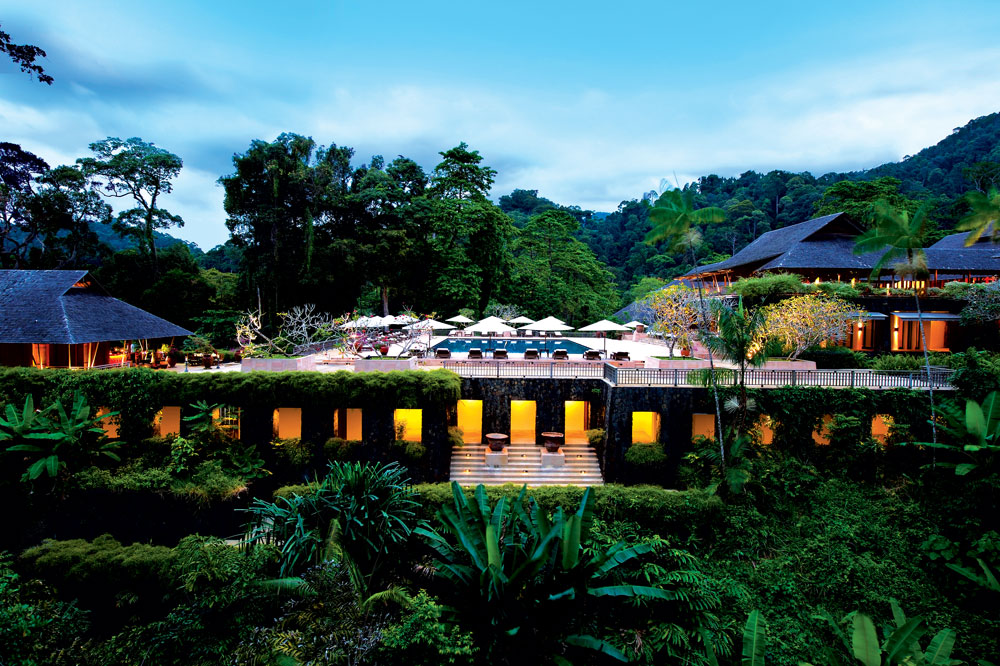
There are many legends about Langkawi. One is about the quarrel between two giants that gave rise to the archipelago’s two highest peaks, Gunung Machinchang and Gunung Raya. Another we particularly enjoyed was the tale of Mahsuri’s Curse, which told of a beautiful young woman in the 1800s who was sentenced to death after being falsely accused of adultery; with her dying breath, she cursed the land of Langkawi for seven generations – and it was thought that 1987 was the year the curse ended. Indeed, duty-free status was awarded to Langkawi that year; in subsequent years, development boomed and international tourism thrived.
These days, the land has become even more protected. In 2007, the entirety of the Langkawi archipelago was recognised as a UNESCO Global Geopark, giving the locals much pride in preserving their unique natural heritage, and international visitors a chance to learn about the ecological and geological resources there, gaining a deeper understanding of nature and evolution.
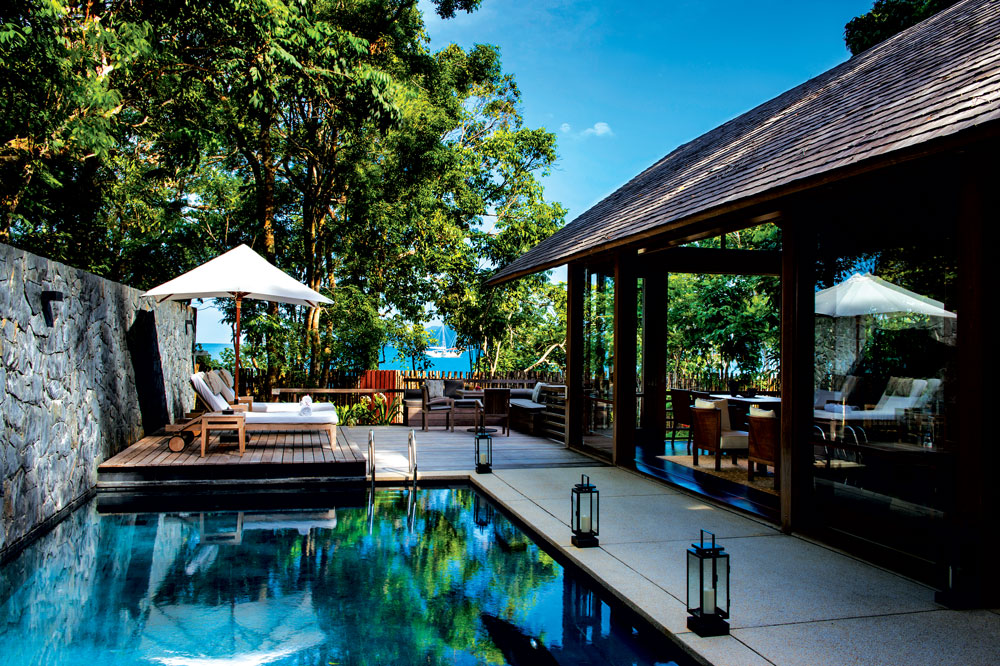
The Datai Langkawi resort sits in the middle of 5,000 hectares of rainforest, set against a backdrop of 550-million-year-old rock formations, and with a host of wildlife that includes 236 species of birds and 530 species of butterflies. To put that in perspective, Australia has about 450 species of butterflies.
With its rich natural heritage, The Datai Langkawi puts as much effort into nature education and conservation as it does into its brand of understated luxury, impeccable service and maximum comfort. The very first luxury resort to open on the island, The Datai Langkawi enjoys a prime location on the fine yellow-sand beachfront overlooking the Andaman Sea and across the waters towards Thailand. It took us two short flights and a 40-minute car ride to reach the resort, but the journey is well worth it – and the knowledge you’ll gain here will last you a lifetime.
We check in over chilled cups of cardamom tea and pineapple-preserve cakes, as we give silent thanks to the brilliantly clear weather. Rain was predicted all weekend, but we’re assured that if there’s one thing that can never be depended on, it’s the weather forecast. With that in mind, we’re whisked away on a buggy towards our beach home for the next few days.
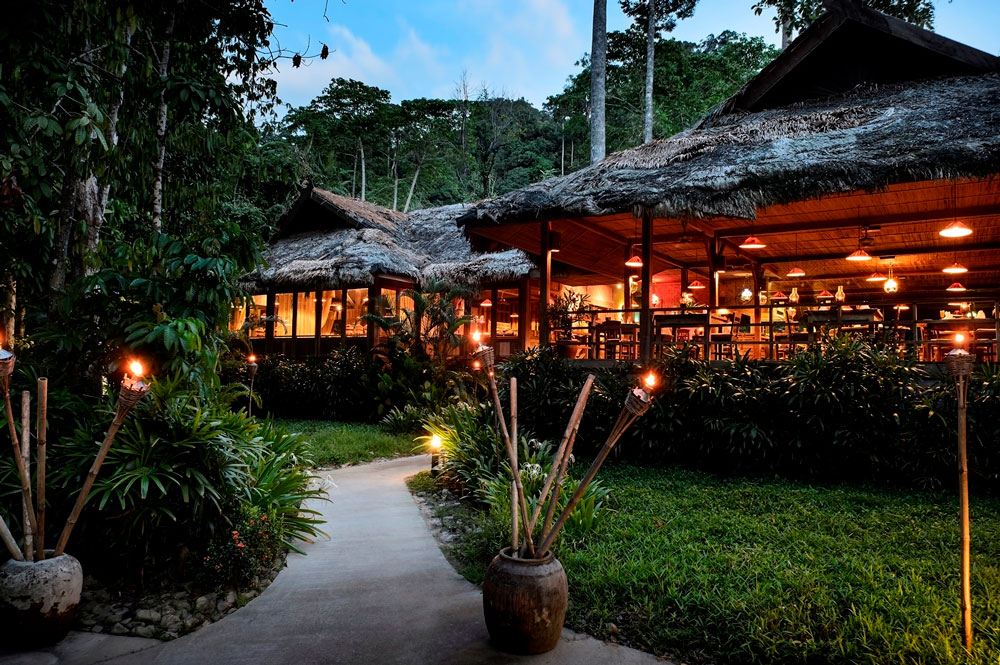
Our beach villa comes with separate bedroom and living room quarters with high, raked timber ceilings and an open plan featuring a private swimming pool and sun deck. A mere step out the back door leads you down to the beach and its inviting, pristine waters. The rainforest villas offer a completely different experience; unlike the beach villas, which line up uniformly along the Datai Bay beach, they’re hidden from view and are completely surrounded by trees, offering the utmost in privacy. The Datai Langkawi is a massive property spanning 53 hectares, but one never feels it, as most of the villas are secluded and hidden from view under the large canopy trees of the rainforest.
The rainforest is never still. We fall asleep each night to the mating calls of the beautiful orange-spotted tokay gecko and wake up every morning to the high-pitched love song of the cicada – one that, we were told, can reach up to 90 decibels. Monkeys and squirrels are a regular sighting, so we’re told to keep our doors locked so they don’t steal fruit and chocolate bars from our rooms. Even then, mindful of shuttering all the sliding doors, a squirrel managed to snag a few grapes, leaving seeds and the grape skins as evidence on our floor.
All the beach villas are provided with full butler service and guests can easily call for a buggy to take them around the sprawling property. But at The Datai Langkawi, deep in the rainforest, you’ll want to get out and walk. For one, take the complimentary guided tours early in your stay, as they’re a real eye-opener.
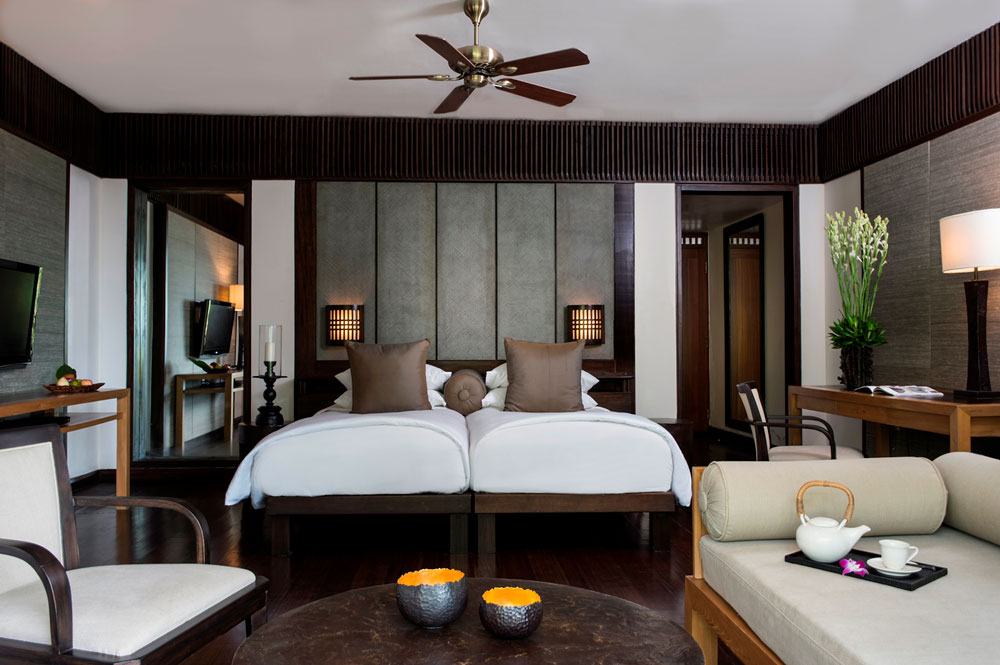
Resident naturalist Irshad Mobarak, known as “the Malaysian David Attenborough”, has studied the island’s wildlife for more than 20 years. He delivers his immense knowledge with punchy storytelling and great wit. With Mobarak, we not only spot dusky leaf monkeys and crab-eating macaques swinging from the trees, but also white-bellied sea eagles and great hornbills flying overhead. We learn about their behavioural patterns, their preferences and their mating habits. We learn that female hornbills seal themselves up in tree cavities for up to three months to care for their young, wholly dependent on their partners to feed them through a small opening that’s only large enough for their beaks to pass through. We learn about the wedding ceremony of the white-bellied sea eagles and watch, enraptured, as Mobarak re-enacts their mating dance with his hands. We learn that the swiftlets never stop flying, and have evolved in a way so that the right and left brains function independently from each other.
We spot woodpeckers and flowerpeckers flitting around and knocking on the tree trunks with their sharp bills. There are giant monitor lizards and tiny speckled frogs, unmoving, as they stake out their potential prey. And on the night walks, we witness the colugos, a flying lemur, gliding quietly and ghost-like through the air as they leap from one high perch to another. There’s so much wildlife to see, that during our short stay we missed the flying snakes (the colourful paradise tree snakes), flying foxes, herons, kingfishers, black giant squirrels, civet cats, reticulated pythons, wild boars and king cobras.
At low tide, there’s a beach walk, where marine biologist Nicole Lim takes you along the coast at sunset to spot the different feeding habits of crabs, snails and several types of sea worms. We see soldier crabs foraging and dig up an intact moulted skeleton of a three-spot swimming crab.

The Datai Langkawi also helps book cruises and other nature excursions. Our mangrove cruise was yet another eye-opener to the resilience of the mangroves and the vital part they play in maintaining the ecosystem. We’re constantly reminded of how little we know about nature – and how much there is still to learn. Only recently, after a tsunami hit Langkawi in 2004, the villagers realised the great importance of the mangrove forests; with their muddy banks and 45 species of mangroves, they managed to absorb 90 per cent of the shock waves and prevented the village from being completely flooded. The villagers immediately abandoned the making of charcoal from the mangrove trees – since then, the mangrove forest has continued to expand and thrive.
Nature activities aside, there’s also plenty to do around the hotel, from culinary classes on Thai and Malaysian cuisine to a variety of non-motor water sports such as kayaking, paddleboarding and windsurfing. The Datai Langkawi also operates an 18-hole golf course and tennis courts. Complimentary pilates and yoga classes, which take place on a shaded balcony overlooking the jungle canopy, are also offered. There’s nothing more exhilarating and relieving than chanting “om” deep down from your gut, letting it resonate through the trees all around you after an hour of sun salutations in the sweltering heat.
If you tire from walking the trails and exerting yourself in the tropical heat, then it’s time to head to the spa for an hour or two of rejuvenating bliss. The open-air spa welcomes in the jungle aromas and views. Forgo the usual spa music and instead open up your ears for the sound of the jungle and its gurgling creek. The Datai Spa utilises the ancient healing and beauty rituals of Ramuan, with medicinal plants traditionally used in indigenous Malay rituals leaving you completely rejuvenated.
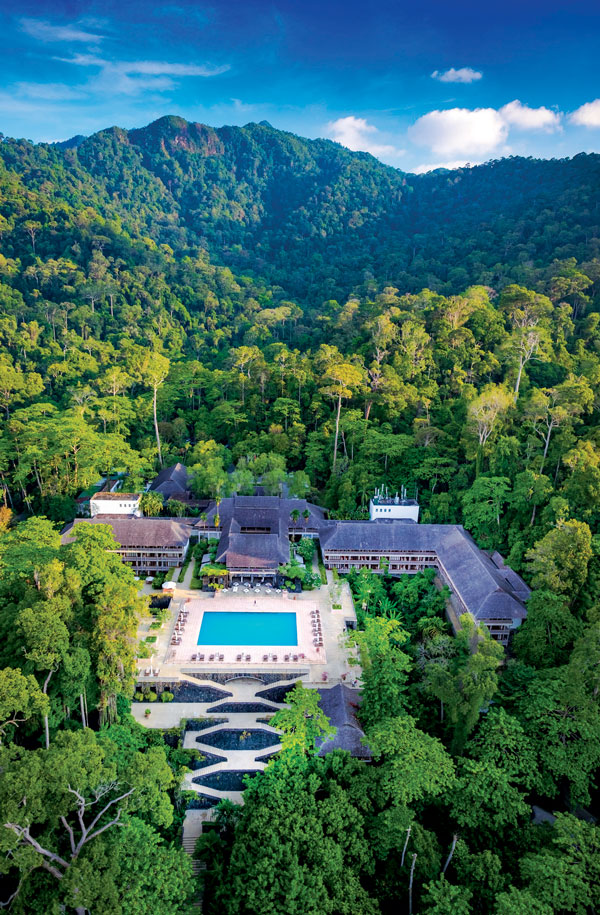
For those all-important meals, there are four dining areas to choose from at The Datai Langkawi. Indulge in a buffet breakfast at The Dining Room, where we doused fresh bread in local raw honey and gorged ourselves on speciality omelettes made with sambal, chicken tikka or decadent lobster.
At lunch and dinner, The Dining Room serves head chef Richard Miller’s signature dishes, including a scrumptious 48-hour oyster blade steak that simply melts in your mouth and a rich chocolate sphere made from Valrhona chocolate. The Pavilion serves authentic Thai, The Beach Club serves more casual bites by the beach, and the award-winning The Gulai House serves traditional Malaysian and Indian cuisine along with the fresh catch, grilled over an open fire.
Four days spent at The Datai Langkawi is but a mere taste of what Langkawi has to offer. After this summer, The Datai Langkawi has plans to undergo major renovations to its interior design, and will be closed for 10 months from September. Initial plans include updates to the rainforest villas and the rooms in the main building, as well as the exciting addition of a new nature centre to handle even more rainforest research and conservation work, as well as a state-of-the-art gym. We’re already planning our stay for next July.
Langkawi has us by the heartstrings, so much so we’ve added one more thing to our bucket list: we’ll be back one day to see those flying snakes in action.
This article originally ran in the July 2017 issue of #legend magazine.


























